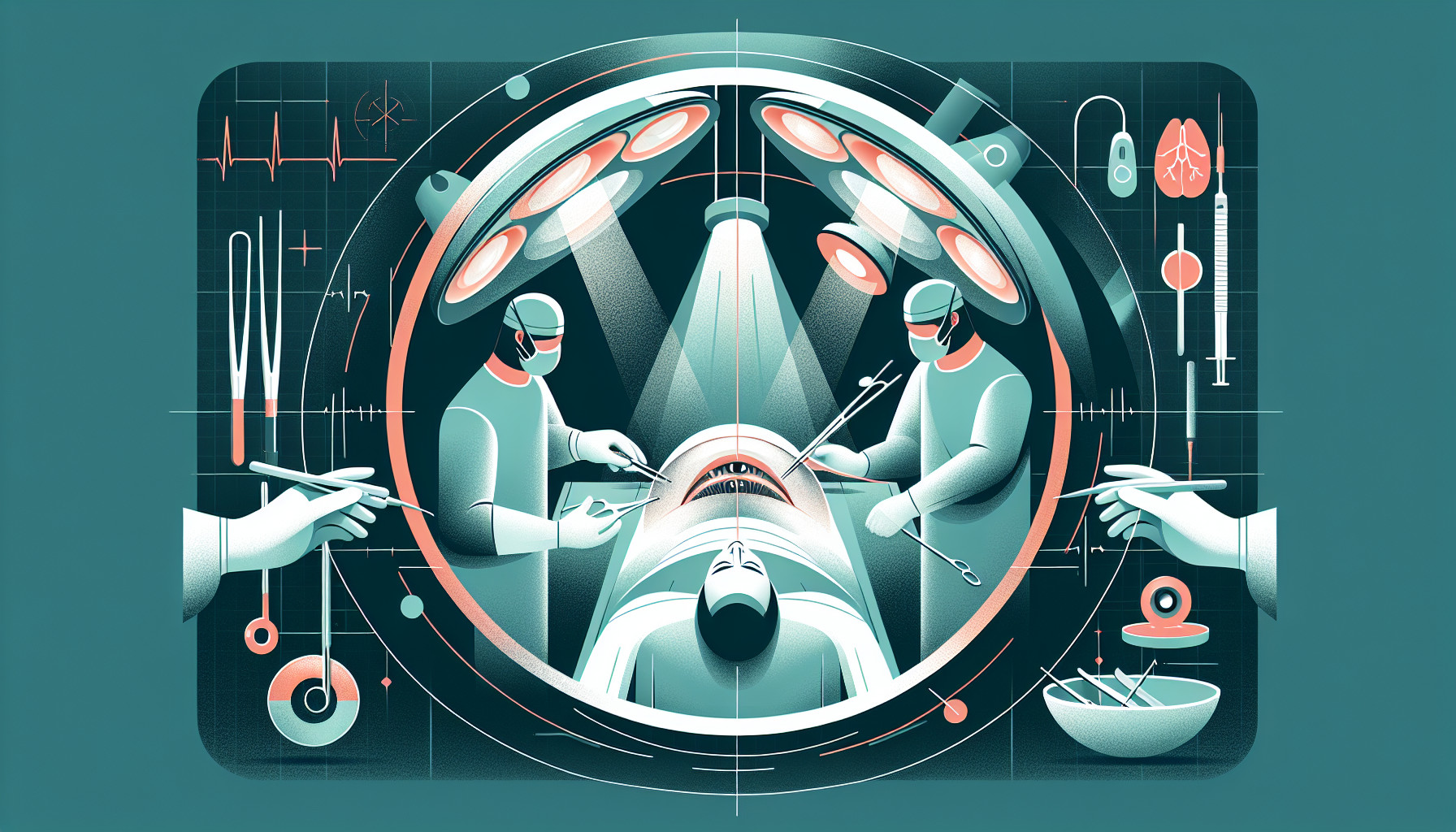Our Summary
This research paper is about Peter the Great, or Tsar Peter Alekseyevich Romanov, who ruled Russia from 1672-1725. Peter made many changes to modernize Russia, including in the field of medicine. He was so interested in medicine that he attended lectures and demonstrations, and even might have carried out some medical procedures himself. He once watched an eye operation for cataracts, carried out by an Englishman named John Thomas Woolhouse, while he was in Paris. After witnessing this, Peter asked Woolhouse to teach a Russian student about ophthalmology, which is the study of eye diseases.
FAQs
- Who was Tsar Peter Alekseyevich Romanov and what was his role in modernizing medicine in Russia?
- What is cataract couching and who performed this procedure that Peter the Great witnessed?
- Did Peter the Great request any specific training for Russian students in the field of ophthalmology?
Doctor’s Tip
One helpful tip a doctor might tell a patient about cataract surgery is to follow all pre-operative instructions carefully, including any restrictions on eating or drinking before the procedure. It is important to have a clean and empty stomach to reduce the risk of complications during surgery.
Suitable For
Patients who are typically recommended cataract surgery are those who are experiencing blurry or cloudy vision that is interfering with their daily activities, those who have difficulty seeing at night or in low light, those who have trouble reading or recognizing faces, and those who have been diagnosed with significant cataracts by an eye doctor. Cataract surgery is a common and safe procedure that can greatly improve a patient’s vision and quality of life.
Timeline
- Patient is diagnosed with cataracts by an eye doctor during a routine eye exam
- Patient discusses treatment options with their eye doctor, including cataract surgery
- Patient undergoes pre-operative testing and measurements to determine the proper lens implant for their surgery
- Patient schedules a date for cataract surgery and receives instructions on how to prepare for the procedure
- On the day of surgery, patient arrives at the surgical center or hospital and is prepped for the procedure
- Cataract surgery is performed, typically taking less than 30 minutes to complete
- Patient is monitored in a recovery area for a short period of time before being discharged to go home
- Patient may experience some mild discomfort or blurry vision in the days following surgery
- Patient attends a follow-up appointment with their eye doctor to ensure proper healing and vision improvement, and to discuss any further treatment or care needed.
What to Ask Your Doctor
- What is cataract surgery and how does it work?
- Am I a good candidate for cataract surgery?
- What are the risks and potential complications of cataract surgery?
- What type of cataract surgery would be best for me (traditional vs. laser-assisted)?
- What is the recovery process like after cataract surgery?
- How long will it take for my vision to improve after cataract surgery?
- Will I need glasses or contact lenses after cataract surgery?
- How many cataract surgeries have you performed and what is your success rate?
- Are there any alternative treatments to cataract surgery that I should consider?
- What steps can I take to prepare for cataract surgery and ensure the best possible outcome?
Reference
Authors: Grzybowski A, Zimin I, Leffler CT. Journal: Acta Ophthalmol. 2020 Mar;98(2):213-214. doi: 10.1111/aos.14317. Epub 2019 Nov 19. PMID: 31742926
